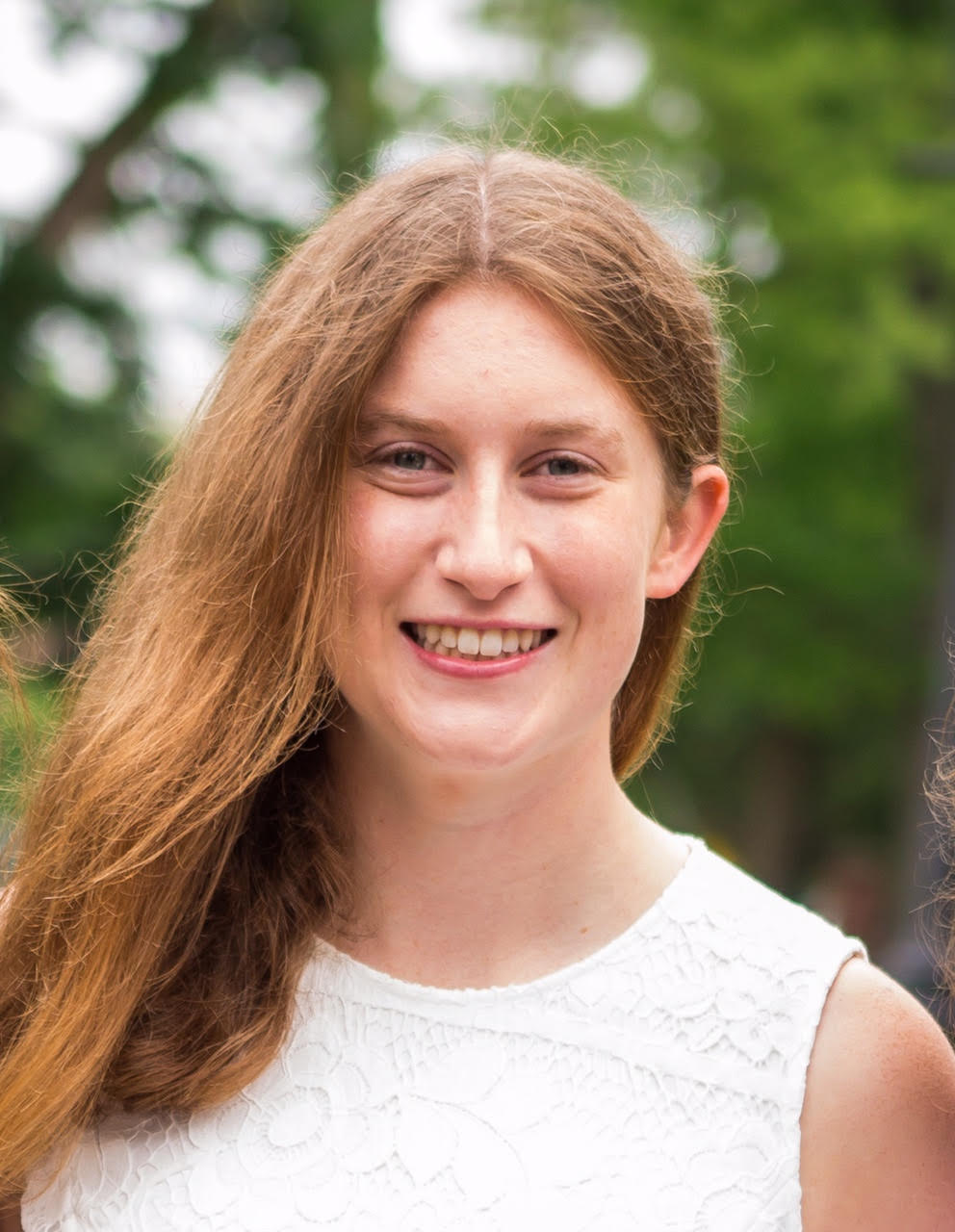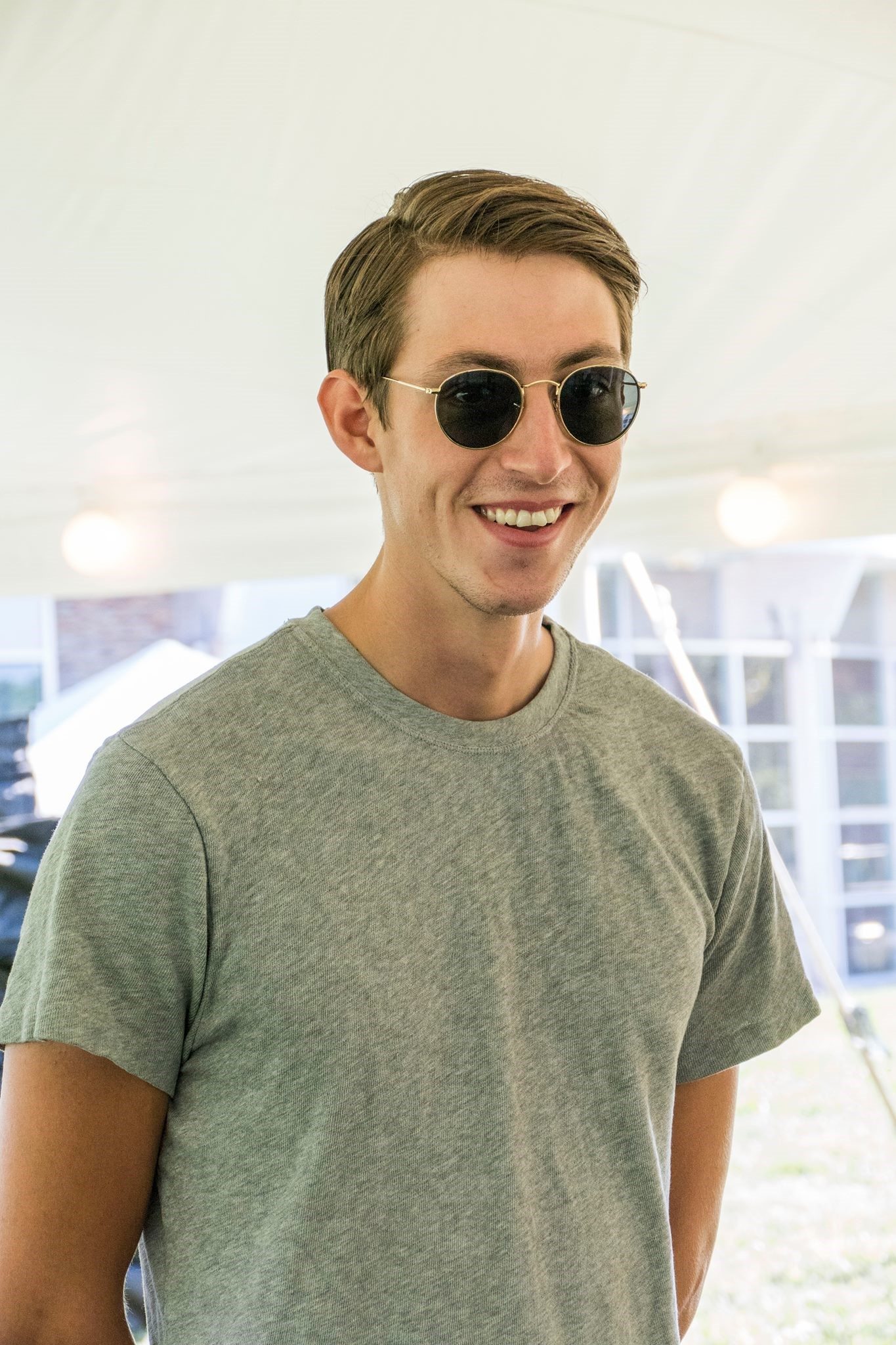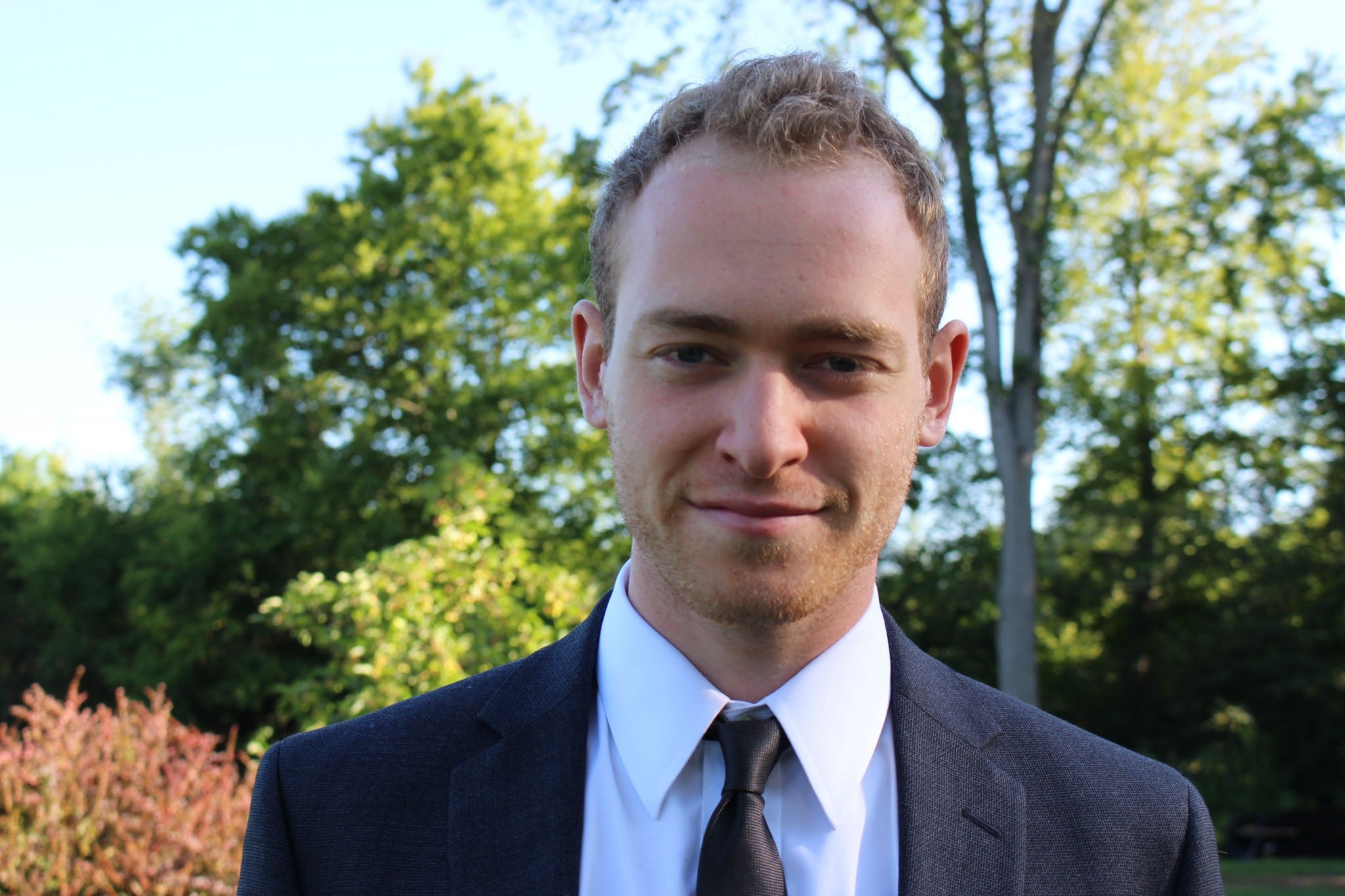Emily Yeager, BCD Class of 2014
Emily is attending Wellesley College. She graduated valedictorian from Williston Northampton School in 2017. Emily also received the Dorothy Bement Prize, honoring a co-founder of The Northampton School for Girls, which is given to the young woman who has exhibited excellence in her academic endeavors and in her contributions to citizenship and the overall life of the School.
How has BCD contributed to your overall success?
I would not be where I am today if it were not for the impact BCD had on me at a critical stage in my life. BCD taught me what it means to love learning and how with hard work, passion, and a bit of creativity, anything is possible. I am so grateful to the BCD community for all it has done for me and for the incredible faculty I met, lessons I learned, and memories I made during my time there.




